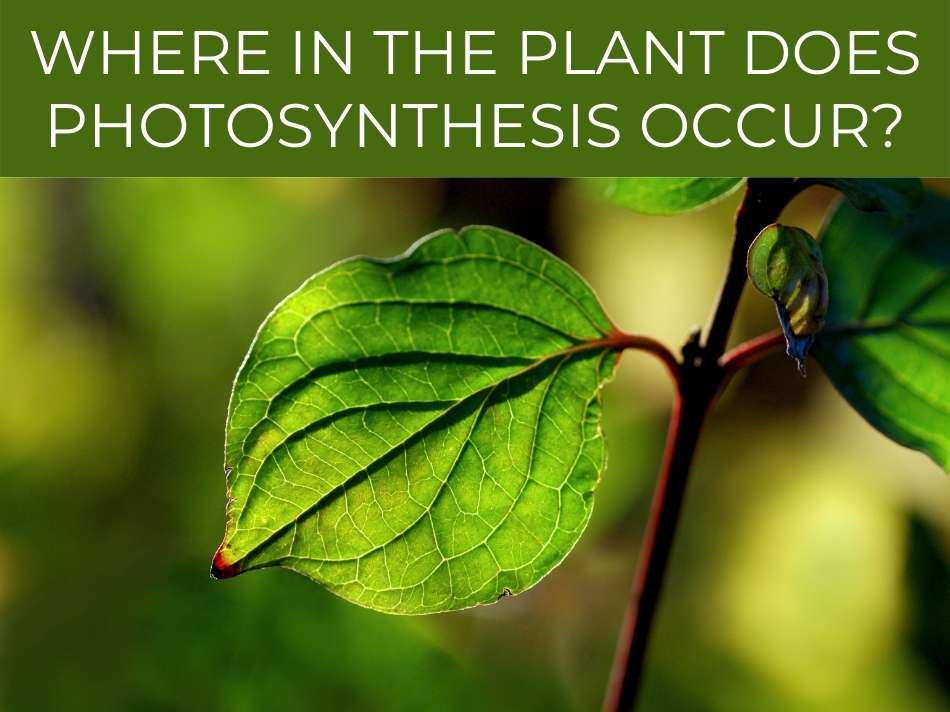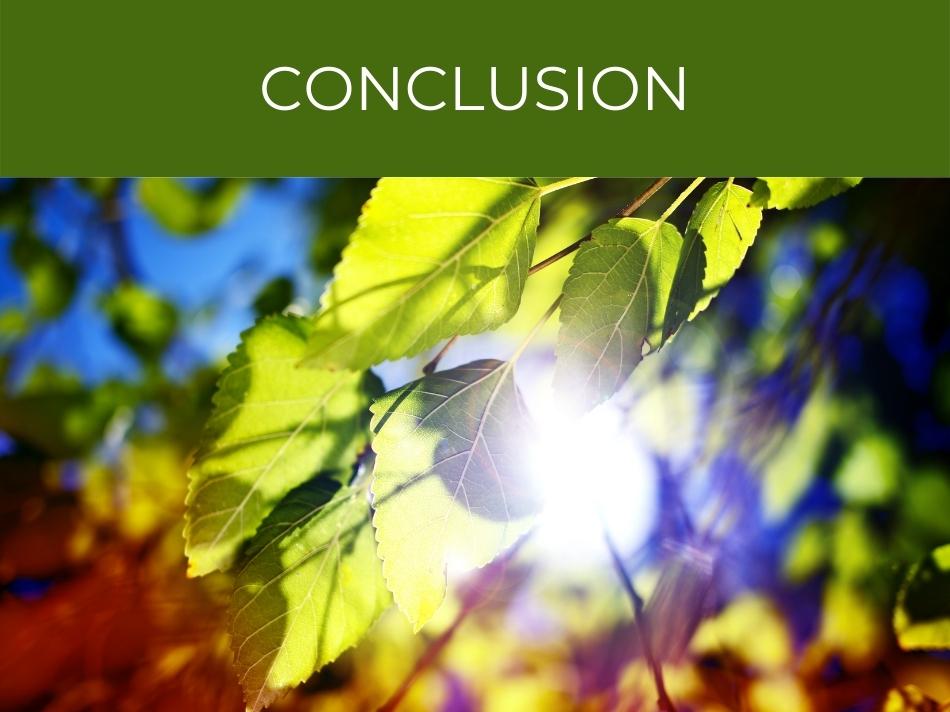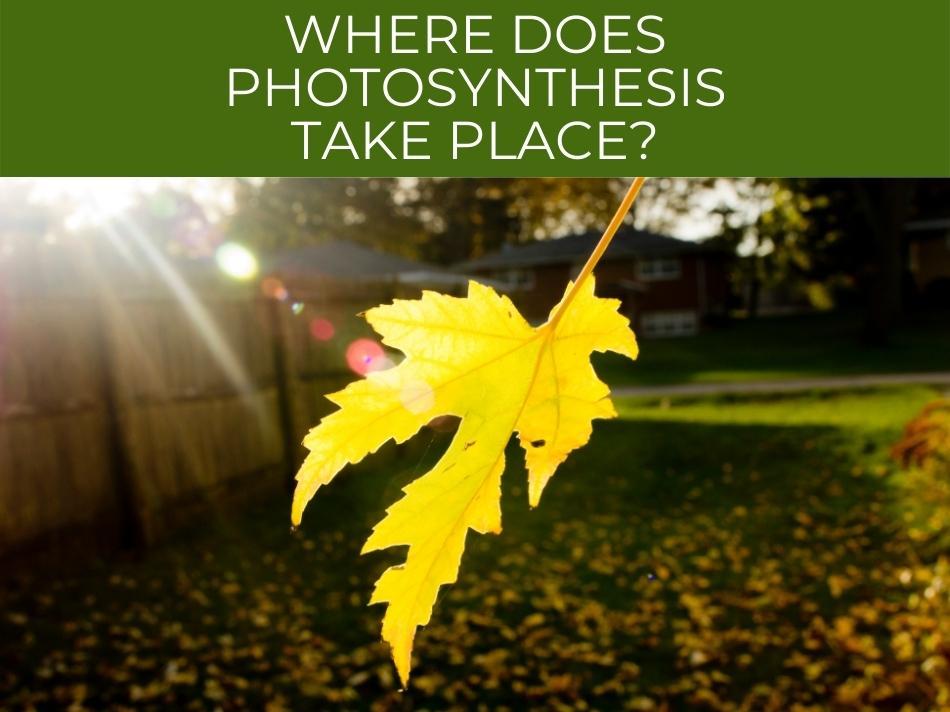Plants are the source of life in more ways than one. Not only do they give us food, but they are also the main source of oxygen on earth. Without them and their special process called photosynthesis, we would eventually run out of oxygen in the air.
Photosynthesis takes place in the chloroplasts, which are organelles within the leaves and other green parts of plants. Chloroplasts are located in the mesophyl, or inner layer of a leaf, and it’s within these organelles that photosynthesis takes place.
The thing is that we don’t always understand just how plants turn what they have into oxygen, or where this happens. In this post, we explore the site of photosynthesis and exactly how plants go about saving us every day.

Where does photosynthesis take place?
Photosynthesis takes place in the chloroplast, which is a tiny organelle that is present in every cell of any plant. The chloroplast contains chlorophyll, which captures sunlight and turns it into biological energy that the plant then uses to produce oxygen.
All plant cells contain organelles called chloroplasts, which are the site of photosynthesis.
It is the chlorophyll in the chloroplasts that captures the necessary light from the sun the plant needs to turn into the energy it needs to survive.

Where in the plant does photosynthesis occur?
Photosynthesis takes place in the chloroplasts, which are tiny parts of cells in the leaves and some parts of the stem.
In the cells of all plants, you will find tiny green organelles, called chloroplasts.
It is in these important parts of a plant that photosynthesis takes place.
There are between 20 and 100 chloroplasts in each cell and every one contributes to the process, which is called photosynthesis.
See the complete article on where in plants photosynthesis occurs.

What part of the plant makes food?
The leaves are the most important part of a plant when it comes to making food. They are exposed to the sun and can gather the light efficiently. When plants have green stems, or sections of their stems, then these can also contribute to making food.
Leaves are one of the basic organs of a plant.
They are also very important when it comes to making food because they are exposed to the sun to gather light.
They also contain the chloroplasts where photosynthesis takes place.
All plant leaves contain a pigment called chlorophyll, even if the leaves are a different color.
In these cases, the other pigment is stronger than the green of chlorophyll, but both pigments are present.
The green of chlorophyll is important because it is what catches the sun’s energy.

Chlorophyll vs chloroplast?
Chlorophyll is a green pigment that is responsible for the green color of most plants’ leaves and plays an important part in the process of photosynthesis. Chloroplasts are organelles found in the cells of all plants.

Chlorophyll is a pigment.
A pigment is a molecule that is capable of absorbing all light except that of a certain wavelength.
That wavelength is reflected by the molecule.
Chlorophyll is green, which means it reflects green light and absorbs all the other colors.
It is this light that is changed into energy during photosynthesis.
Chlorophyll helps light energy to be converted into chemical energy that the plant needs.

A chloroplast is different from chlorophyll because it is an organelle rather than a pigment.
An organelle is a specialized part of a cell that does certain specific things.
There are between 20 and 100 chloroplasts in each cell.
The chloroplasts are colored green, because of the chlorophyll.
The transfer of sunlight into energy takes place in the chloroplasts.
This is the basis of photosynthesis, which produces the food that a plant lives on.
Find out if the color of light affects plant growth.

Chloroplast function
A chloroplast is a part of a plant cell that is specifically the site of photosynthesis. This means that a chloroplast’s function is to facilitate the way that food is made by the plant, which is to do with the transfer of energy.
Within every plant cell, there are organelles that have different functions.
The key organelles in plant cells are chloroplasts.
These organelles are key in the process of photosynthesis.
They fill the role of allowing the energy from sunlight to be captured and used in the process of photosynthesis.
The end product of this process is the production of sugar, in the form called glucose.
This sugar is then converted into the form of energy the plant needs.
This means that the chloroplast has the function of facilitating photosynthesis by allowing the production of energy in the form a plant needs.
Light energy becomes chemical energy within the chloroplast.
Find out if plants can grow without sunlight.

What are the two main functions of chloroplasts?
A chloroplast has one main function, which is to take in energy in the form of sunlight and then to convert it into a form of sugar, called glucose. There is a second function, which is to convert the sugar into the energy that plants need.
One of the main purposes of a chloroplast is to absorb light and energy from the sun, so that it can be used to form fuel for the plant.
It is the chlorophyll in the chloroplasts that allows the necessary light from the sun to be absorbed.
Chloroplasts also contain another main pigment called carotenoid.
This functions to prevent harmful processes from happening during photosynthesis.
Carotenoids also play a role in harvesting the necessary light from the sun and sending it to chlorophyll.
The second function that a chloroplast performs is to facilitate the conversion of the sunlight energy into a form of sugar, called glucose.
Part of this role the chloroplast plays is to facilitate the further conversion of these sugars.
This means that the sugars are broken down and create ATP, which is the type of biological energy that is required by the plant.
To bring it all together, the function of the chloroplast is to facilitate the processes that produce food for a plant.

Which organelle performs photosynthesis?
The chloroplast is the organelle that is the part of a plant cell most responsible for facilitating photosynthesis. It is within the chloroplast that energy from sunlight is converted to biological energy through this process.
A chloroplast is a microscopic part of a plant cell.
They are about 3 – 4 micrometers long.
Because the chloroplast is such a tiny part of a cell, it is labeled as being an ‘organelle’.
Chloroplasts contain chlorophyll, which is a distinctive green pigment.
It is this pigment that gives most plants their green color.
Because of the chlorophyll, it contains, the chloroplast absorbs the necessary sunlight for photosynthesis to occur.
This makes the chloroplast the home of photosynthesis.
The chloroplast also contains other pigments that contribute to gathering light energy and facilitating photosynthesis.
Find out if you can grow vegetables with artificial lights.

Conclusion
Photosynthesis is the process through which a plant makes its own food, by converting light energy into the correct form of biological energy the plant needs to survive. The process involves three steps: capturing the light energy, converting it into glucose, breaking down the glucose into biological energy. This process takes place within chloroplasts, which are microscopic organelles that are found in the cells of all plants.

